Relaxed Food & Wine Day Trip for Couples in Samana Peninsula
Samana Peninsula, Dominican Republic
1 days
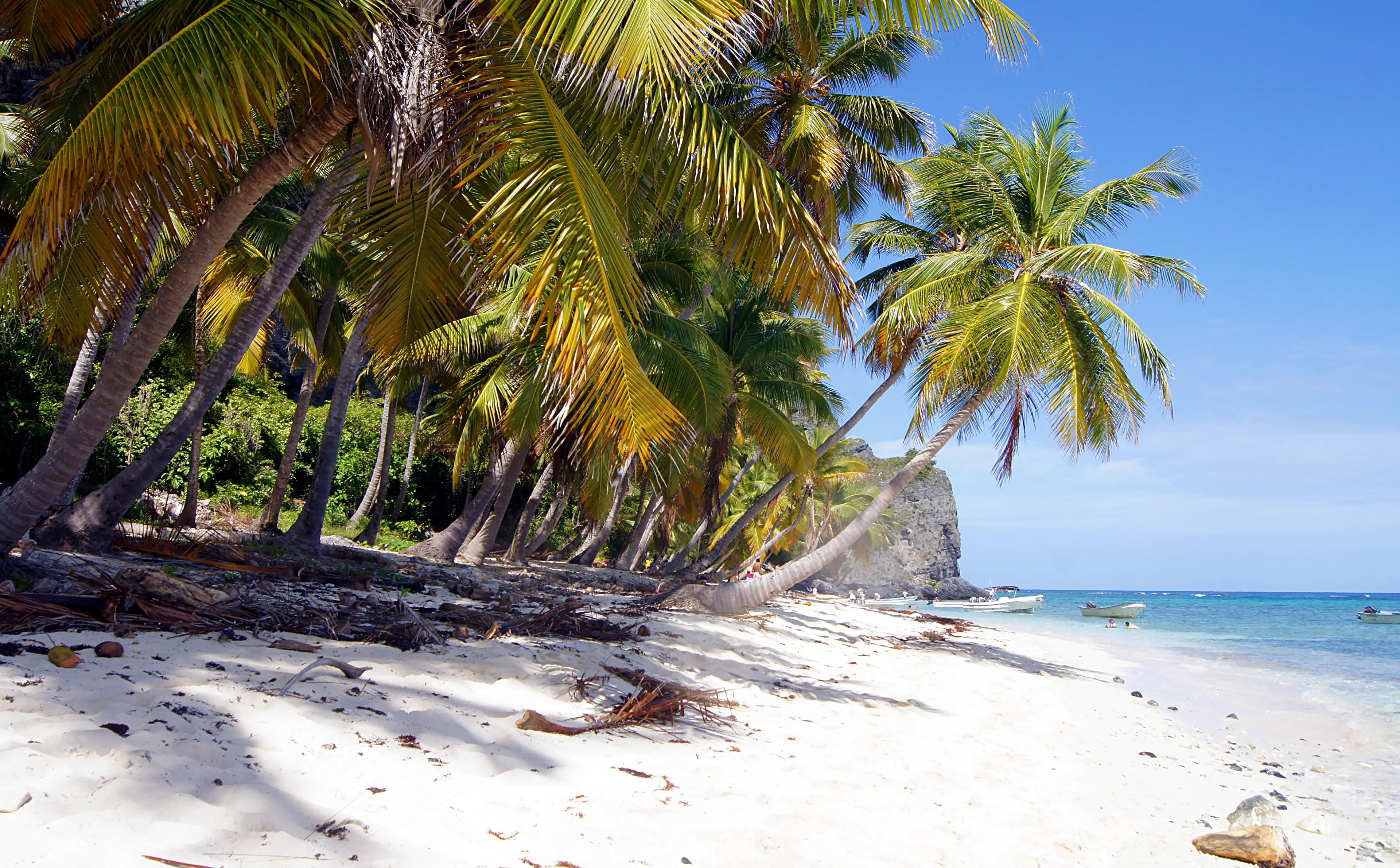
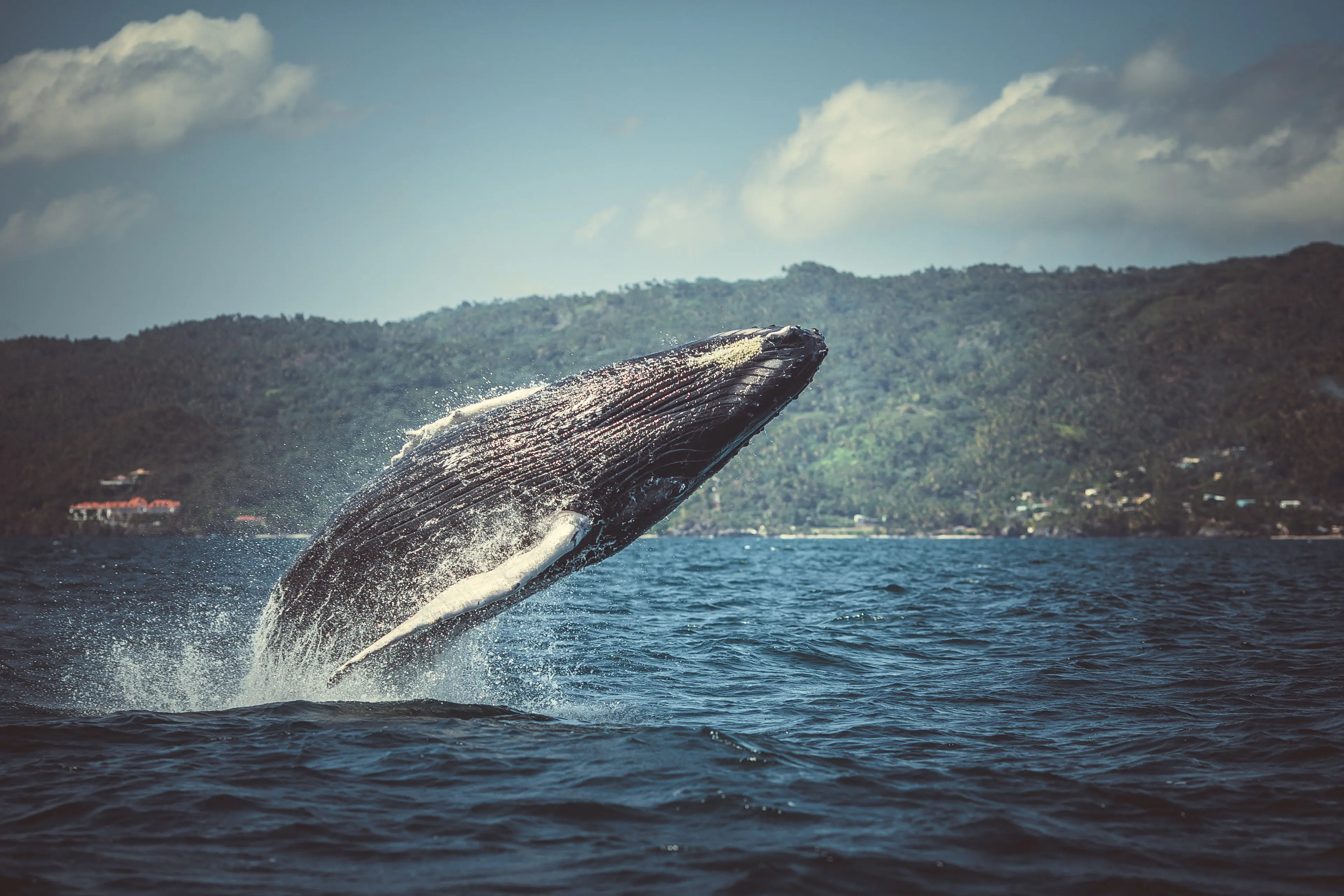
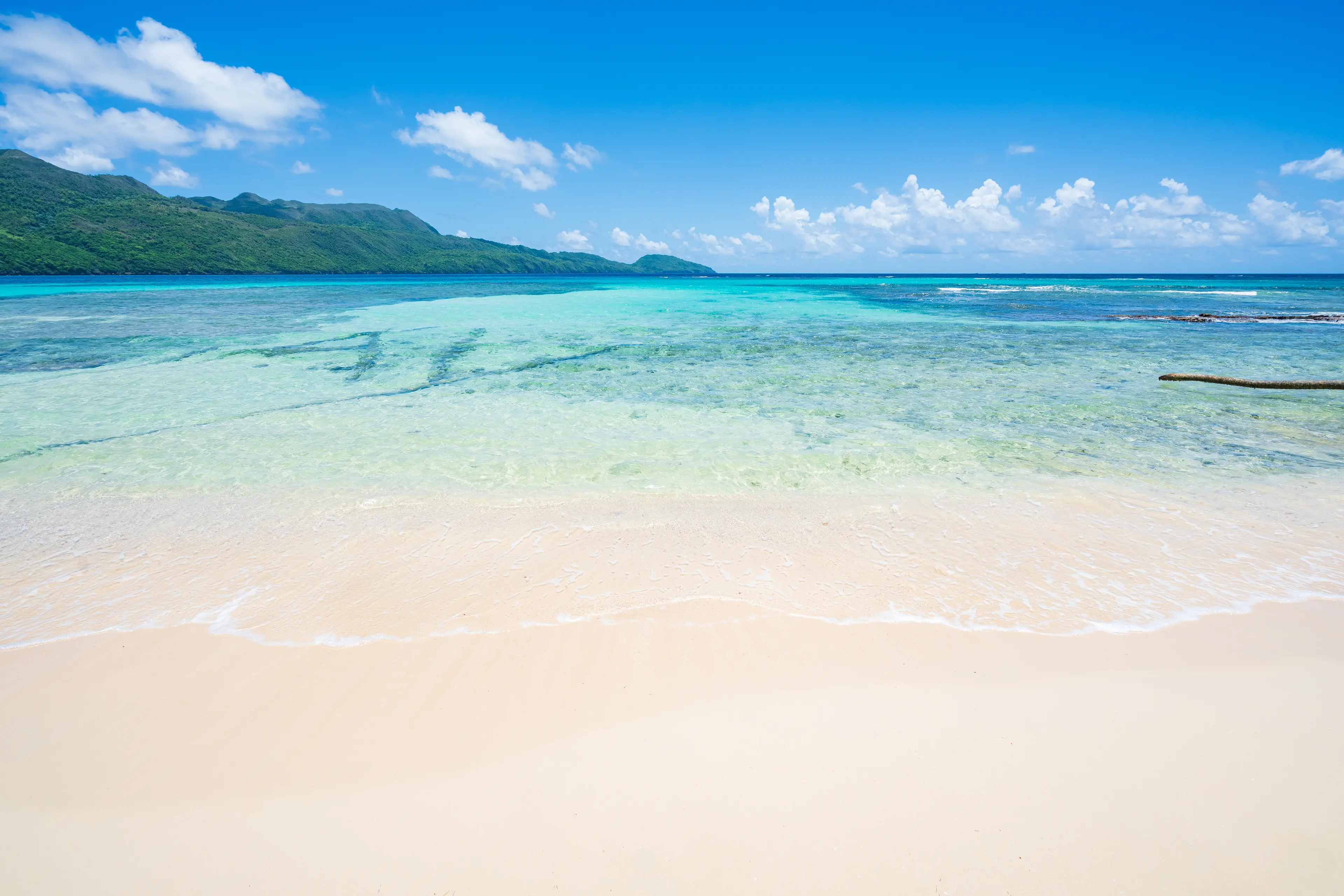


About Samana Peninsula, Dominican Republic
Experience the tropical paradise of Samana Peninsula, Dominican Republic. This hidden gem offers pristine beaches, crystal-clear waters, and lush mountainous landscapes. Explore the El Limon Waterfall, a majestic sight nestled in the heart of the jungle or visit the Los Haitises National Park, a haven for biodiversity. Enjoy whale watching in Samana Bay, home to the largest congregation of humpback whales in the Atlantic. Indulge in local cuisine, rich in seafood and traditional Dominican flavors. Stay in luxurious resorts or quaint beachfront villas, offering stunning views and warm hospitality. Whether you're seeking adventure, relaxation, or cultural immersion, Samana Peninsula promises an unforgettable Caribbean getaway.
1-Day Itinerary
Attractions in Itinerary (3)
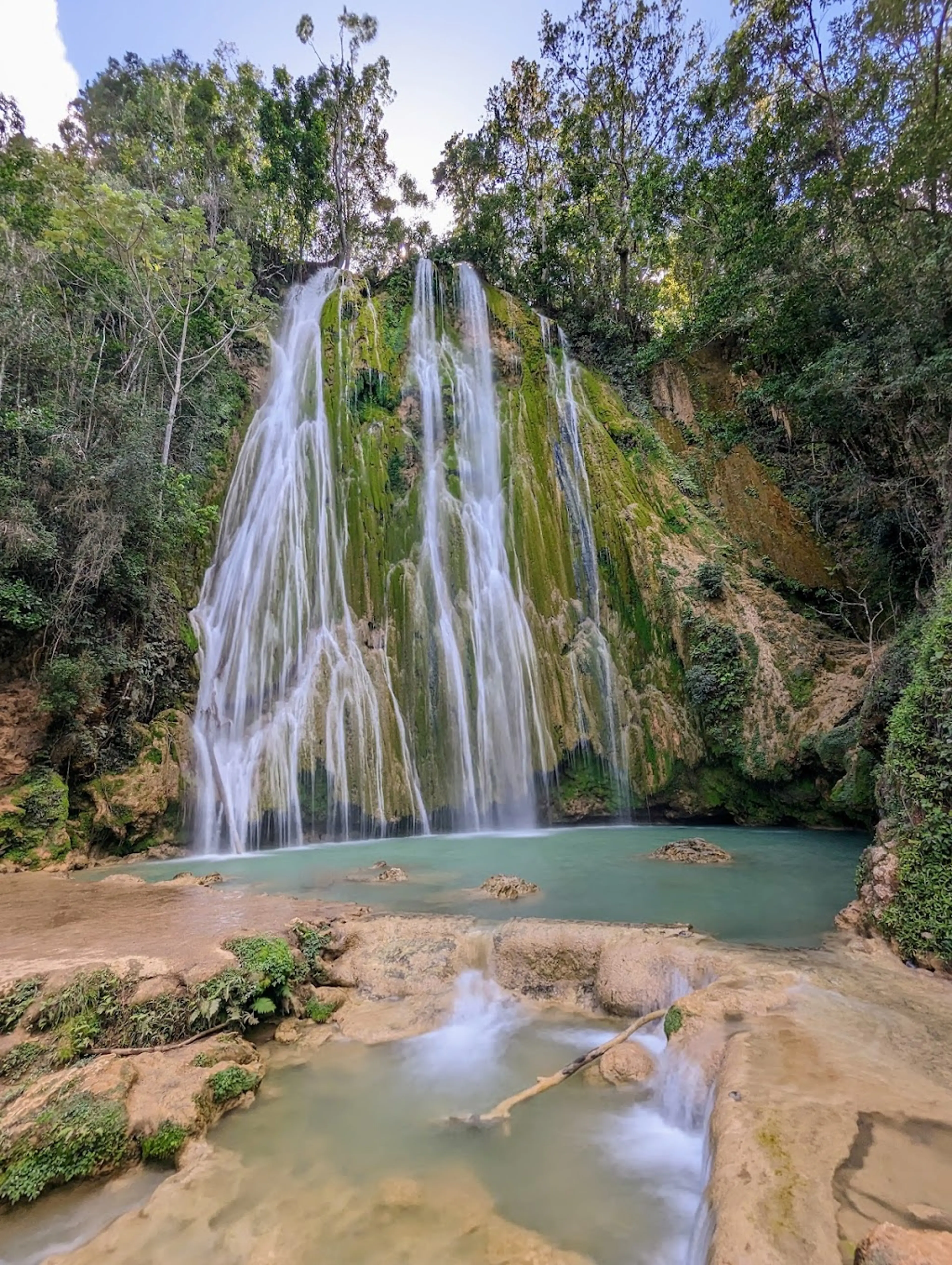
1El Limon Waterfall
A stunning waterfall located in the middle of the jungle. It's a popular spot for hiking and swimming.
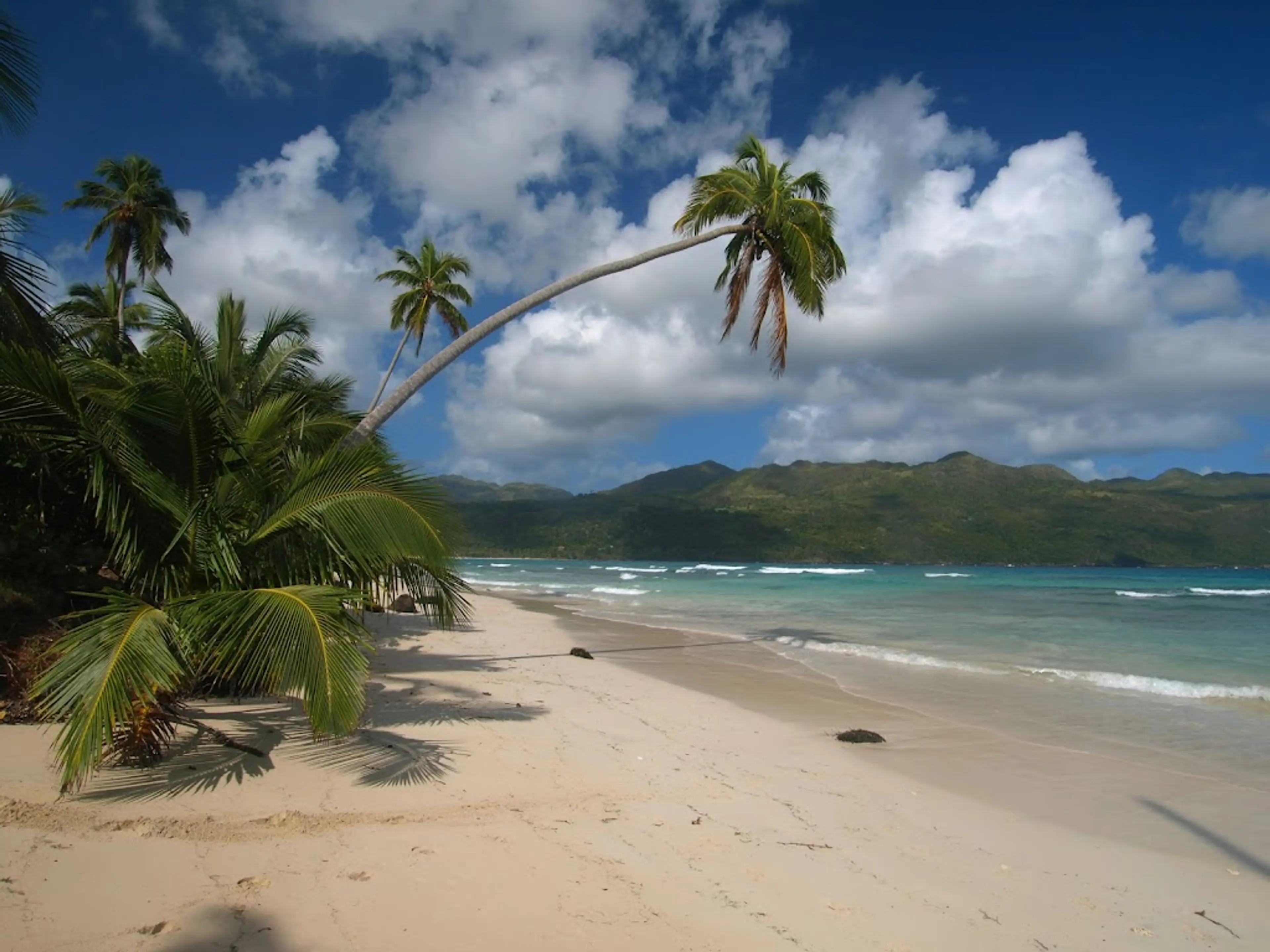
2Playa Rincon
One of the most beautiful beaches in the Dominican Republic, known for its white sand and clear waters. It's a great spot for swimming and sunbathing.
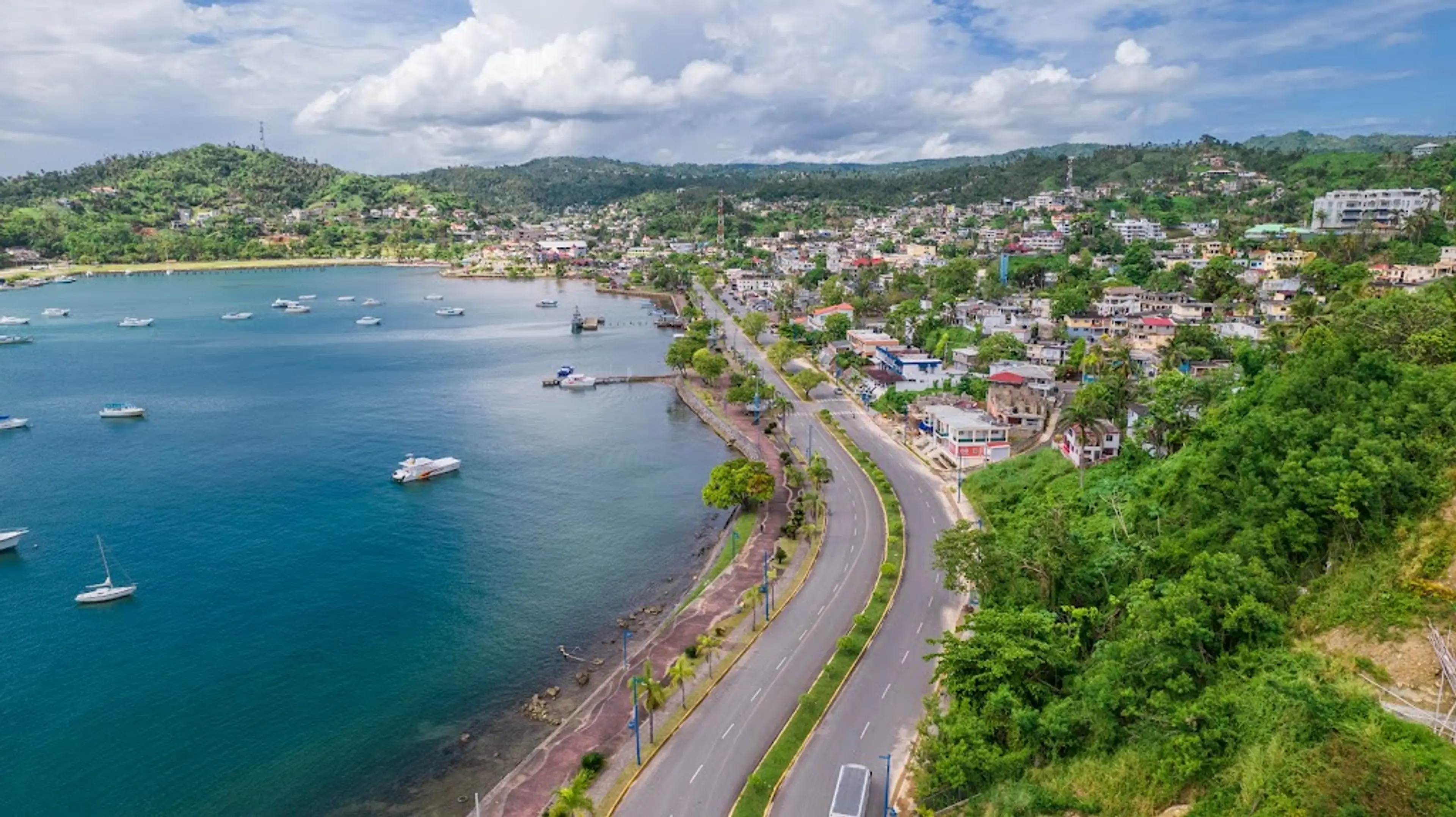
3Malecon of Samana
The Malecon of Samana is a popular attraction in the Dominican Republic. This waterfront promenade is known for its stunning views of the bay, vibrant atmosphere, and a variety of dining and shopping options. It's a great place to take a leisurely stroll, enjoy the local culture, and watch the sunset.
Local Food and Drinks (12)
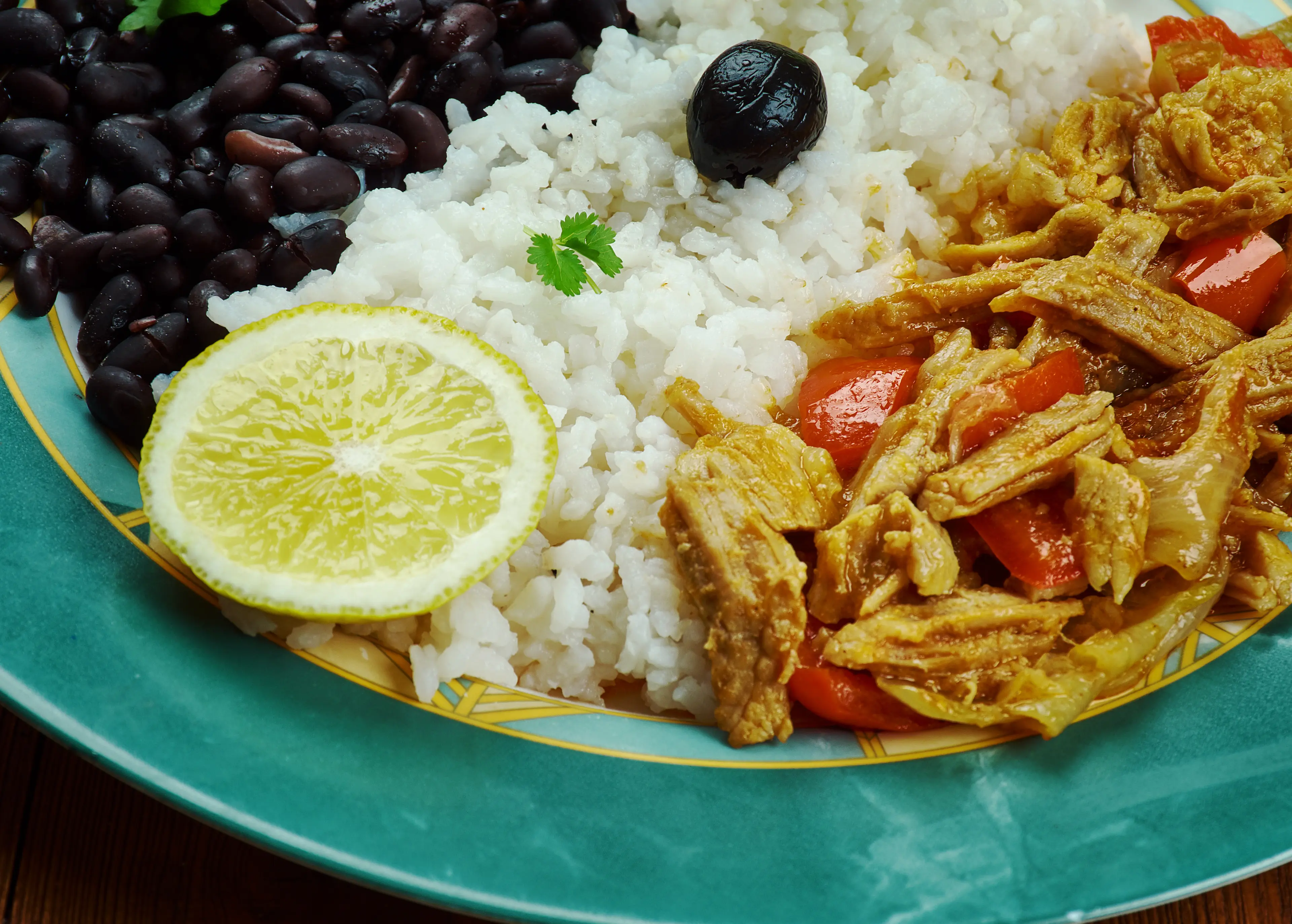
La Bandera
This is the national dish of the Dominican Republic, consisting of rice, red beans, and meat, usually chicken or beef. It's a staple in the Samana Peninsula and a must-try for any food lover.
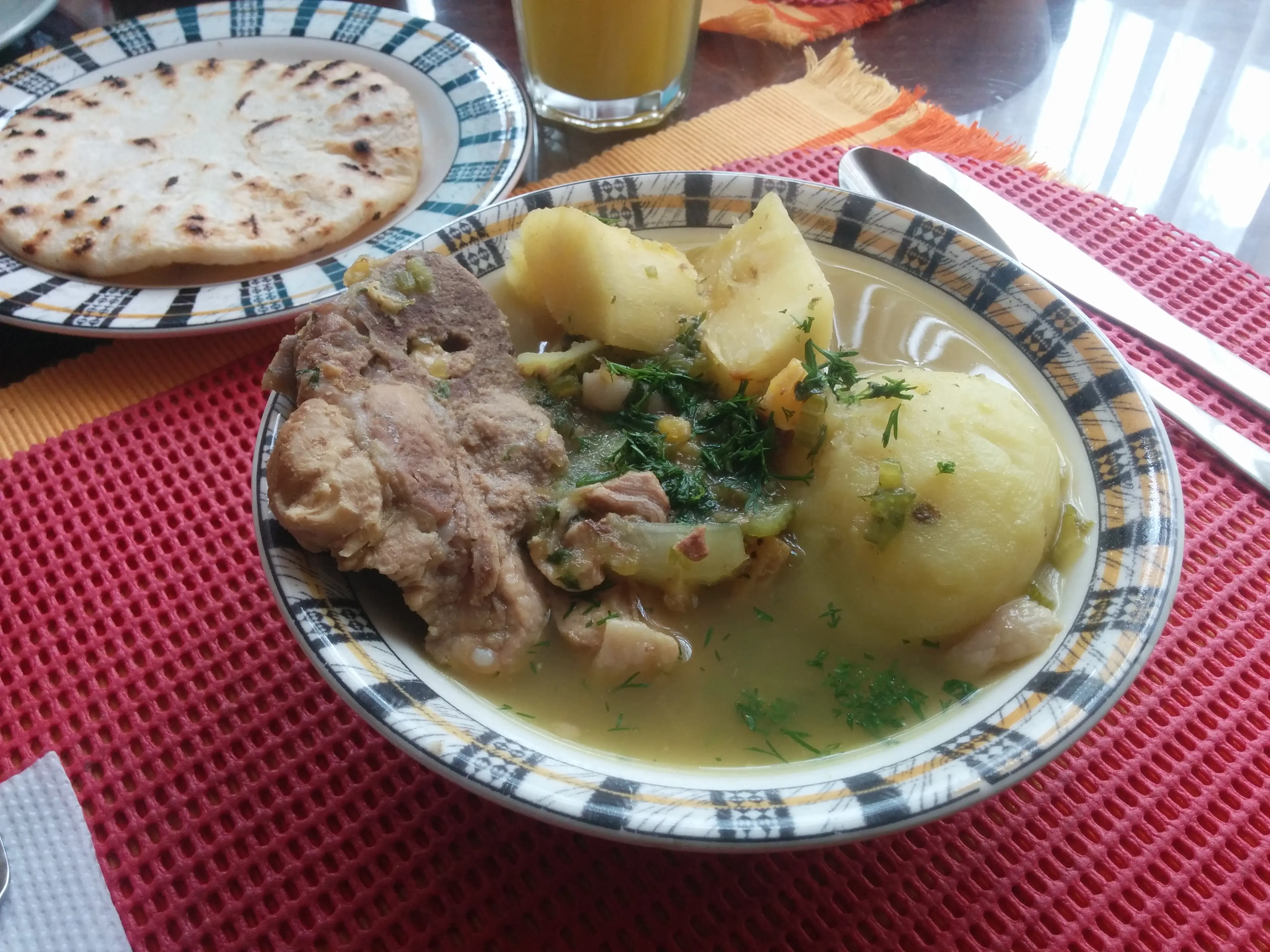
Sancocho
A hearty and traditional Dominican stew made with a variety of meats and root vegetables. It's a popular dish in the Samana Peninsula, especially during celebrations and family gatherings.
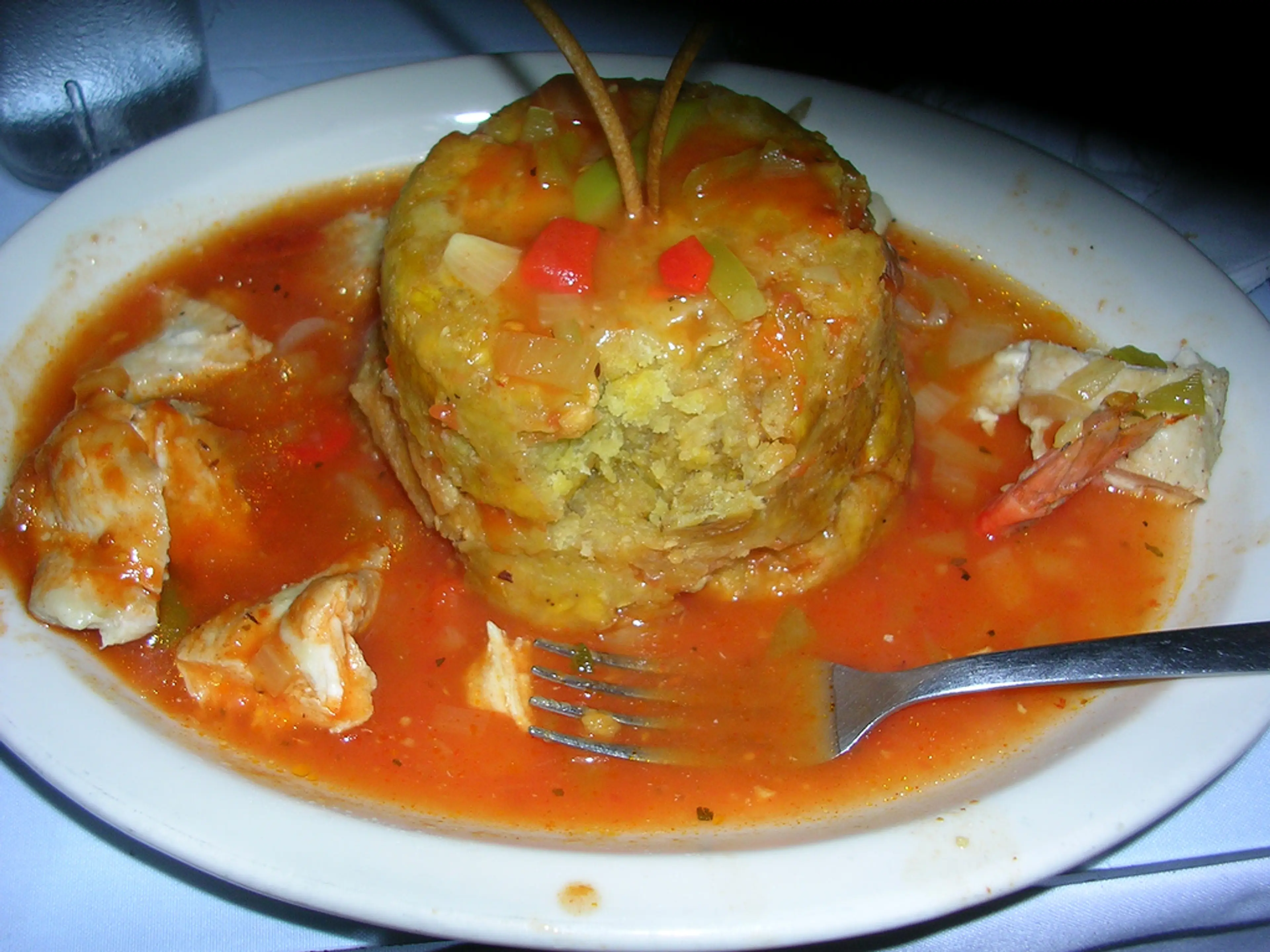
Mofongo
A delicious dish made from mashed plantains, garlic, and pork cracklings. It's a common dish in the Samana Peninsula and showcases the island's love for plantains.

Chivo Guisado
A flavorful goat stew that is a specialty in the Samana Peninsula. The goat meat is marinated in a mix of local spices and slow-cooked until tender.

Empanadas
These are fried pastries filled with meat, cheese, or vegetables. Empanadas are a popular street food in the Samana Peninsula and a great snack to enjoy while exploring the area.
Locrio de Pescado
A flavorful rice dish cooked with fish, vegetables, and spices. It's a popular dish in the Samana Peninsula due to the abundance of fresh seafood.
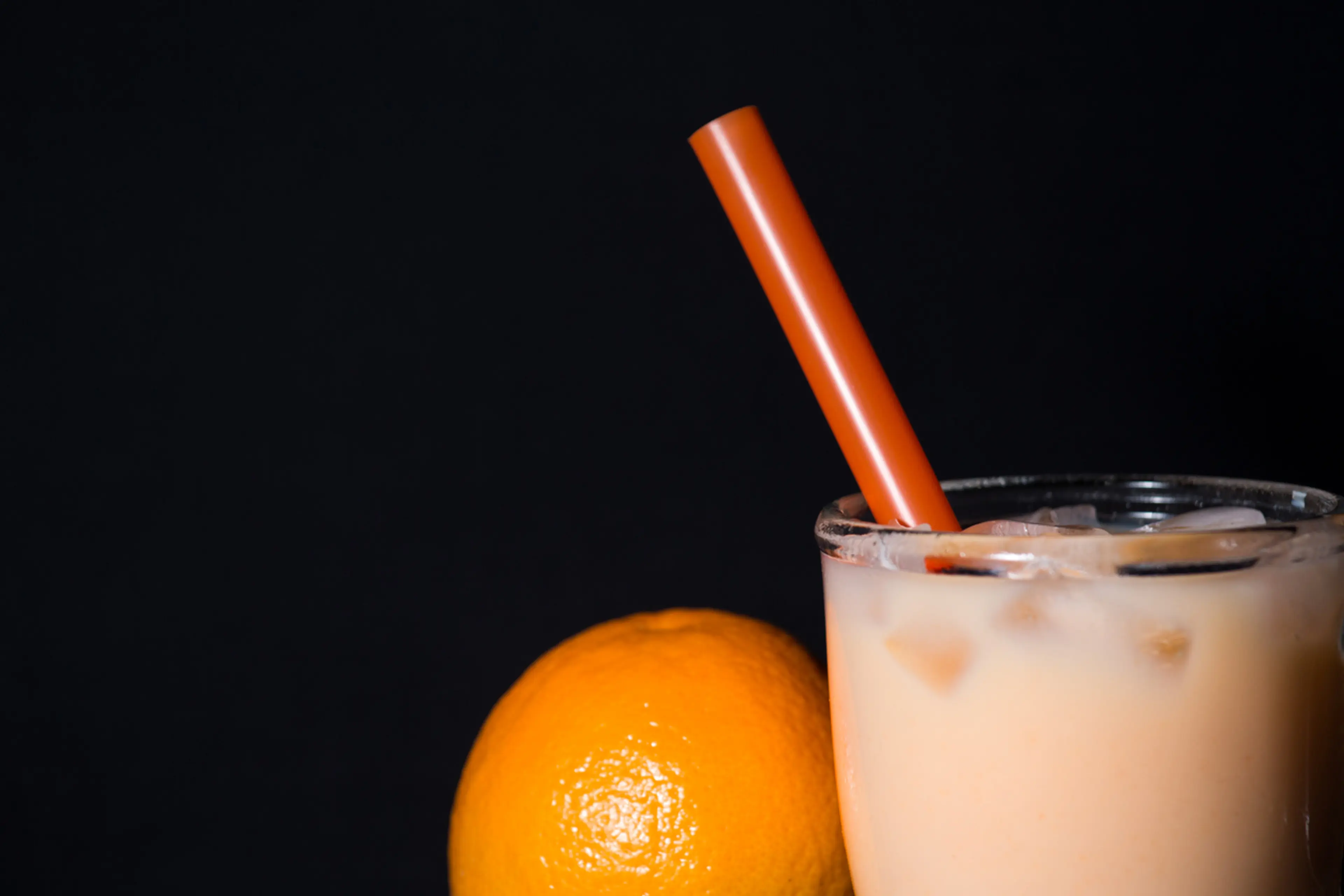
Morir Soñando
A refreshing drink made with orange juice, milk, sugar, and ice. Its name translates to 'die dreaming', reflecting its delicious taste. It's a popular drink in the Samana Peninsula, perfect for the tropical climate.
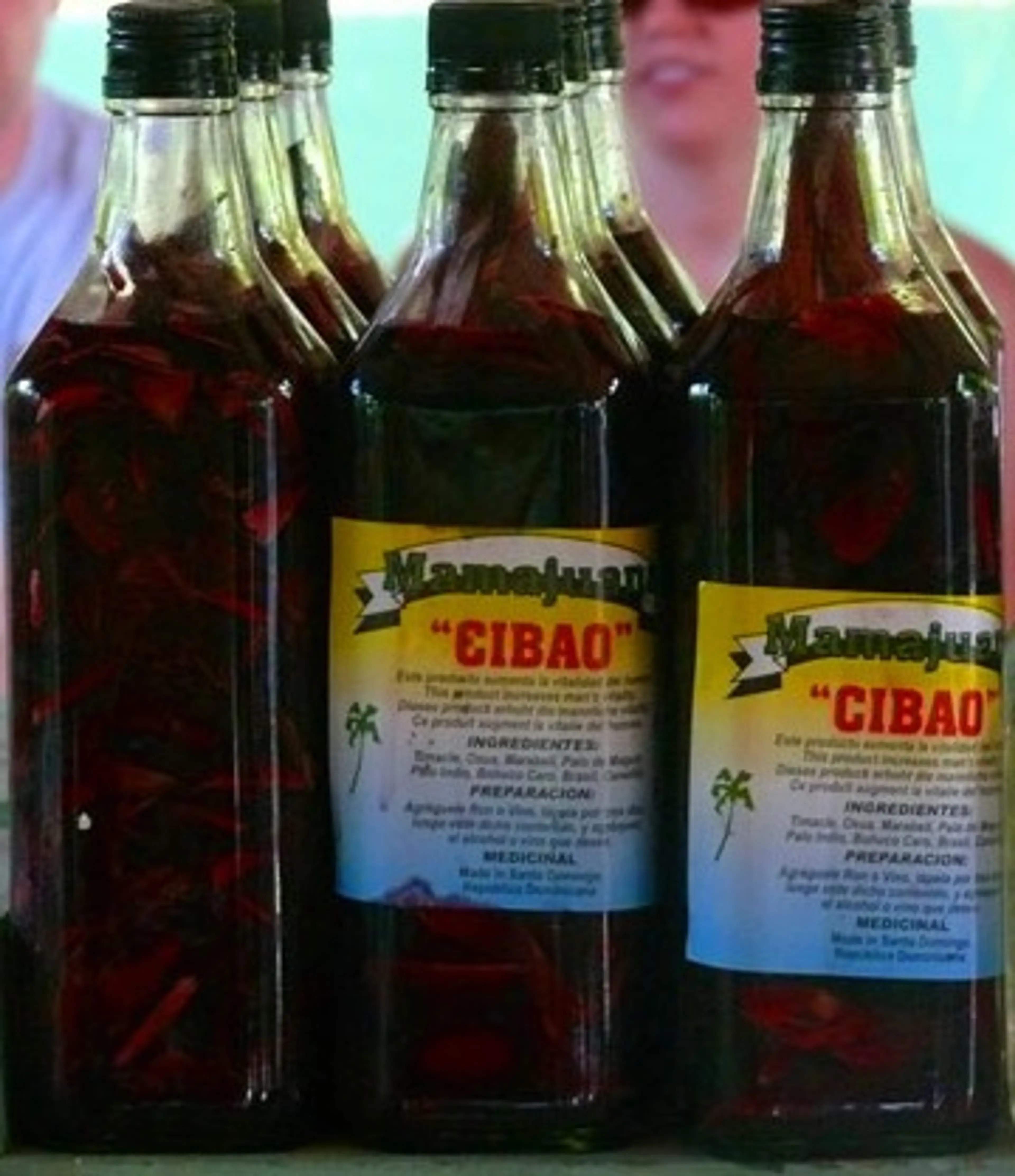
Mamajuana
A traditional Dominican drink made by soaking rum, red wine, and honey in a bottle with tree bark and herbs. It's a must-try in the Samana Peninsula for its unique taste and cultural significance.
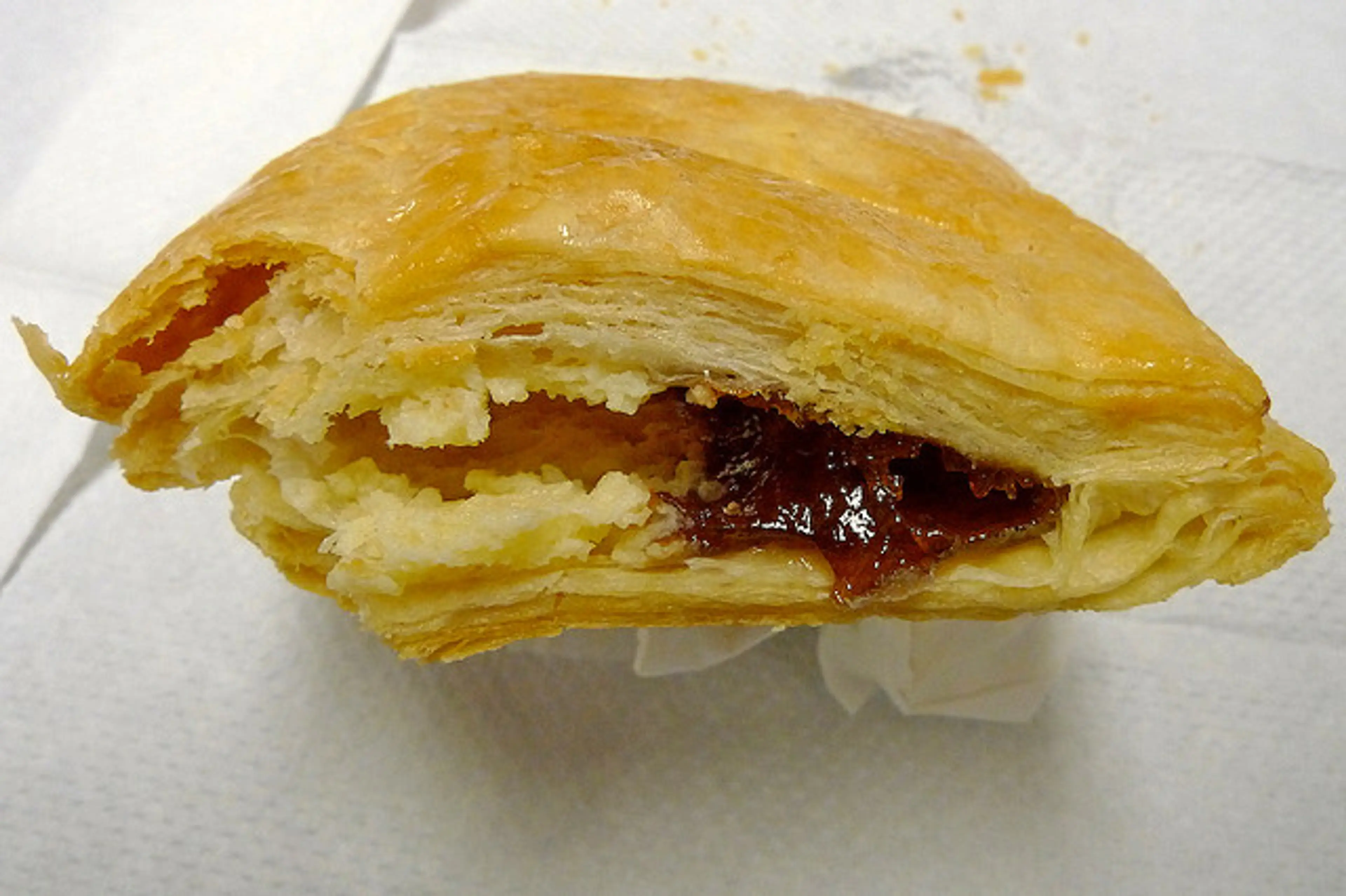
Pastelitos
These are sweet pastries filled with guava, pineapple, or coconut. Pastelitos are a popular dessert in the Samana Peninsula and showcase the island's love for tropical fruits.
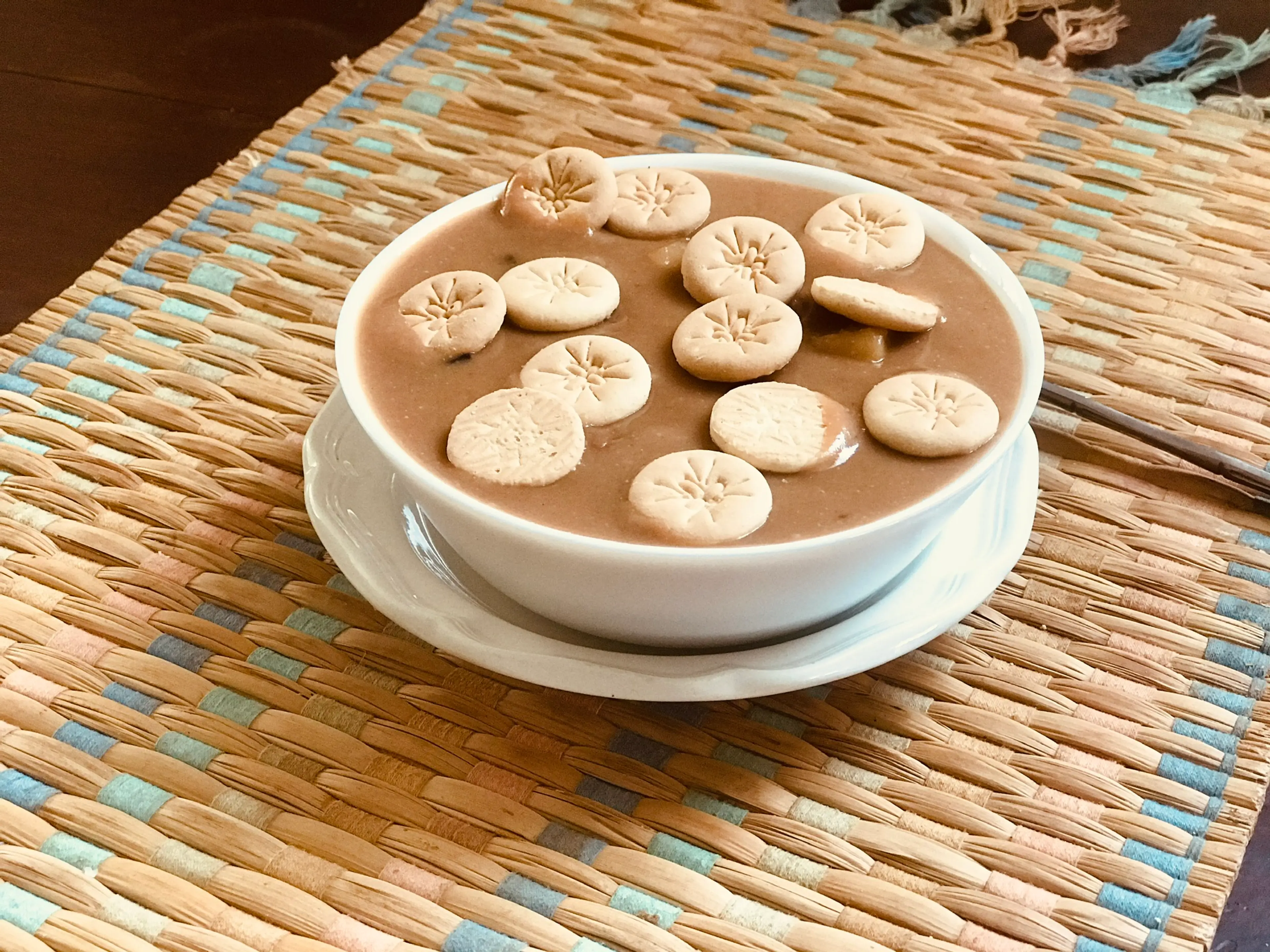
Habichuelas con Dulce
A sweet cream made from red beans, milk, sugar, and spices. It's a traditional dessert in the Samana Peninsula, especially during the Easter season.
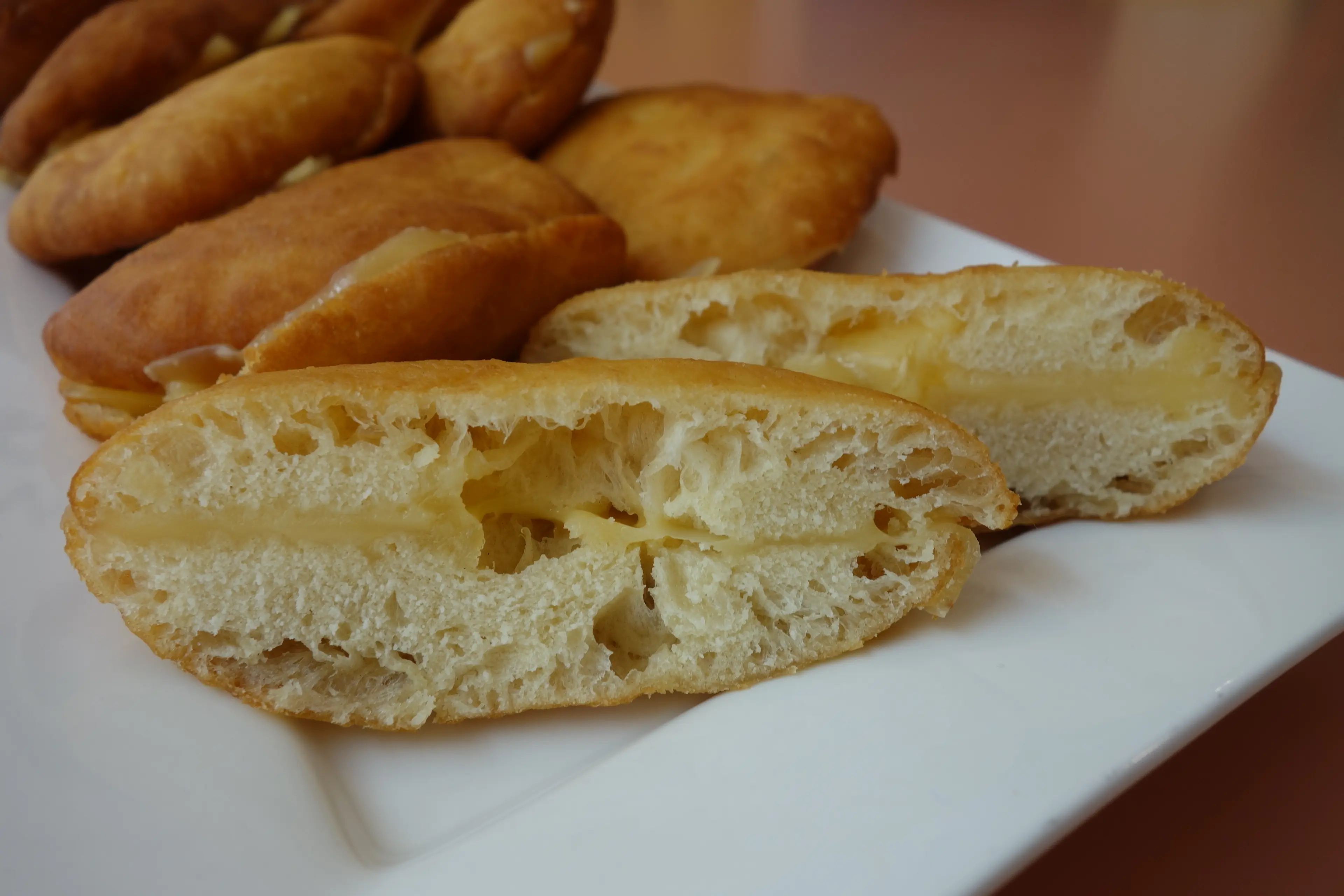
Yaniqueques
These are deep-fried bread circles that are a popular street food in the Samana Peninsula. They are crispy, delicious, and perfect for a quick snack.
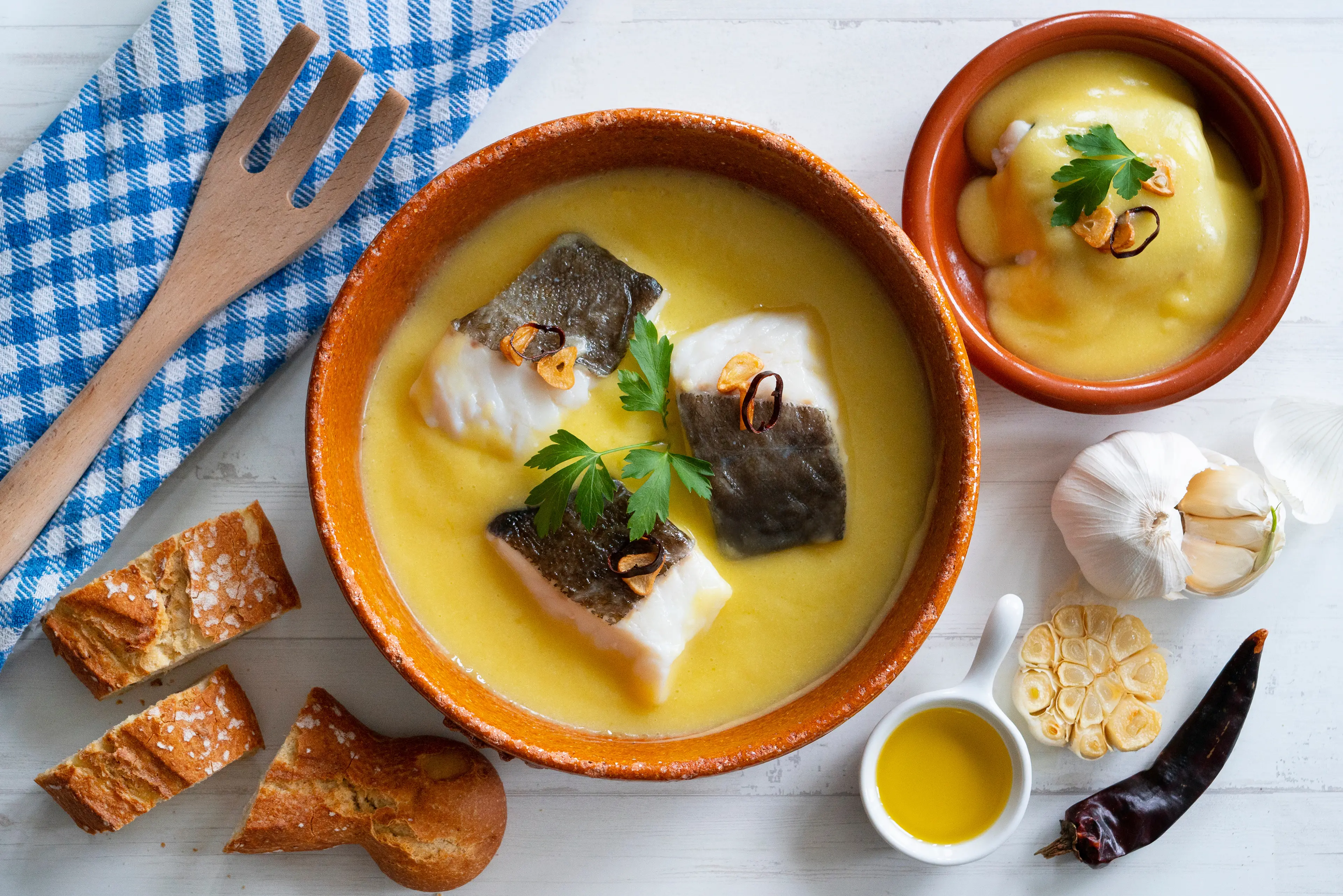
Pescado con Coco
A delicious fish dish cooked with coconut milk, a common ingredient in the Samana Peninsula. The combination of fresh fish and creamy coconut is a must-try for seafood lovers.
Best time to visit
The best time to visit Samana Peninsula, Dominican Republic is between January and March. This period offers the most pleasant weather conditions for outdoor activities and beach relaxation. Additionally, it's the peak season for humpback whale watching, a popular attraction in Samana Bay. However, if you prefer a less crowded time with good weather, consider visiting between April and June. The weather is still warm and the winter crowds have left, making it a great time to explore the area at your own pace.
How to get around
Car Rental
Renting a car is a popular option for getting around the Samana Peninsula. It gives you the freedom to explore at your own pace. There are several car rental companies available at the airport and in the main towns. Remember to drive on the right side of the road in the Dominican Republic.
Taxi
Taxis are readily available throughout the Samana Peninsula. They are a convenient way to get around, especially for short distances. However, it's advisable to agree on the fare before starting the journey to avoid any misunderstandings.
Public Bus
Public buses, known locally as 'guaguas', are a common and affordable way to get around the Samana Peninsula. They operate on set routes and can be flagged down anywhere along the route. However, they can be crowded and may not have air conditioning.
Motoconcho
Motoconchos are motorcycle taxis that are a popular and inexpensive way to get around. However, they are not recommended for long distances or for those who are not comfortable with this mode of transport due to safety concerns.
Ridesharing
Ridesharing services such as Uber are available in the Samana Peninsula. This can be a convenient and cost-effective way to get around, especially if you are familiar with the service. However, availability may vary depending on the area.
Boat
For those looking to explore the coastal areas of the Samana Peninsula, boat tours and rentals are available. This can be a great way to see the beautiful beaches and coves that the peninsula is known for.
Horseback Riding
Horseback riding is a unique and enjoyable way to explore the Samana Peninsula, particularly in the more rural and mountainous areas. Several local companies offer guided horseback tours.
Bicycle Rental
Renting a bicycle can be a fun and eco-friendly way to get around the Samana Peninsula. There are several places where you can rent bicycles, and some areas have dedicated bike paths.
Pedestrian
Walking is a viable option in the towns and resorts of the Samana Peninsula, particularly in areas like Las Terrenas where attractions, restaurants, and beaches are close together. However, it may not be practical for longer distances or in the heat of the day.
Important information
Currency DOP
Time zoneUTC-4
Driving sideRight
Emergency phone911
Drinking waterOpt for bottled water
Power sockets
Voltage120 V
Things to know about Samana Peninsula, Dominican Republic as a first time visitor
1
The official language of the Dominican Republic is Spanish, so it would be beneficial to learn a few basic phrases.
2
The local currency is the Dominican Peso (DOP), although US dollars are widely accepted.
3
Credit cards are accepted in most places, but it's always a good idea to carry some cash for smaller vendors or in case of emergencies.
4
The Dominican Republic operates on Atlantic Standard Time, which is four hours behind Greenwich Mean Time (GMT-4).
5
The country has a tropical climate, so pack lightweight, breathable clothing. However, it can get cooler in the evenings, especially during the winter months (December to February), so a light jacket or sweater is recommended.
6
The average temperature in Samana Peninsula ranges from 77°F to 88°F (25°C to 31°C) throughout the year.
7
The hurricane season runs from June to November, with the peak period from August to October. It's advisable to check the weather forecast before your trip.
8
Tap water is not safe to drink. Always opt for bottled water.
9
The standard voltage in the Dominican Republic is 110 V, and the standard frequency is 60 Hz. The power plugs and sockets are of type A and B, same as in the United States.
10
Tipping is customary in the Dominican Republic. A 10% service charge is often added to your bill in restaurants, but it's common to leave an additional tip if the service was good.
11
Public transportation is available but can be unreliable. Taxis, rental cars, or motorcycles are the most common ways to get around.
12
The Dominican Republic has strict laws against drug use and trafficking. Violations can lead to long prison sentences.
13
Healthcare facilities in the Dominican Republic are not up to the standards of those in the U.S or Europe. It's recommended to have comprehensive travel insurance that covers medical evacuation.
14
The sun can be very strong, especially between 11 am and 3 pm. Always wear a high-factor sunscreen, a hat, and sunglasses.
15
The Dominican Republic is generally safe for tourists, but petty crime like pickpocketing and bag snatching can occur. Always be aware of your surroundings and keep your belongings secure.
16
Local cuisine is a blend of Spanish, African, and Taino influences. Try local dishes like mofongo (mashed plantains with garlic and pork) or sancocho (a hearty stew).
17
The legal drinking age in the Dominican Republic is 18 years old.
18
The country is predominantly Roman Catholic, and religious customs should be respected. Modest dress is recommended when visiting religious sites.
19
The Dominican Republic has a vibrant music and dance culture. Merengue and bachata are popular music genres, and you'll often see locals dancing in the streets.
20
The Dominican Republic is in the Eastern Caribbean Time Zone. It does not observe Daylight Saving Time, so it's always 'spring forward' compared to Eastern Standard Time.
Basic Spanish to know as a first time visitor
English phrase | Native phrase | Pronunciation | When to use it |
|---|---|---|---|
Hello | Hola | Oh-la | Greeting someone |
Goodbye | Adiós | Ah-dee-os | Leaving or saying goodbye to someone |
Please | Por favor | Por fa-vor | When asking for something |
Thank you | Gracias | Grah-see-as | After receiving something or someone's help |
Yes | Sí | See | Agreeing with someone or something |
No | No | No | Disagreeing with someone or something |
Excuse me | Perdón | Per-don | Getting someone's attention or apologizing |
I'm sorry | Lo siento | Lo see-en-to | Apologizing |
Do you speak English? | ¿Hablas inglés? | Hab-las in-gles | When you need to communicate in English |
I don't understand | No entiendo | No en-tee-en-do | When you don't understand what is being said |
Where is...? | ¿Dónde está...? | Don-de es-ta | Asking for directions |
Bathroom | Baño | Ban-yo | Looking for a restroom |
Help | Ayuda | A-yu-da | In case of emergency |
Food | Comida | Co-mee-da | When looking for a place to eat |
Water | Agua | Ah-gwa | When you want to drink or buy water |
Beer | Cerveza | Ser-ve-za | When ordering a beer |
Check, please | La cuenta, por favor | La kwen-ta, por fa-vor | When asking for the bill at a restaurant |
How much does it cost? | ¿Cuánto cuesta? | Kwan-to kwes-ta | When you want to know the price of something |
I would like... | Me gustaría... | Me gus-ta-ria | When you want to order or buy something |
Good night | Buenas noches | Bwe-nas no-ches | Saying goodbye in the evening or before going to bed |
Packing List
Clothing
Lightweight clothing
Swimwear
Beach cover-up
Flip flops
Sunglasses
Sun hat
Light jacket or sweater for the evening
Toiletries
Sunscreen
After-sun lotion
Insect repellent
Travel-size toiletries (shampoo, conditioner, body wash)
Toothbrush and toothpaste
Deodorant
Lip balm with SPF
Travel documents and essentials
Passport
Driver's license or ID card
Credit and debit cards
Cash (Dominican Pesos)
Travel insurance documents
Hotel reservation confirmation
Emergency contact information
Electronics and gadgets
Smartphone
Charger for smartphone
Portable power bank
Waterproof phone case
Digital camera
Memory card for digital camera
Miscellaneous items
Beach bag
Beach towel
Reusable water bottle
Snacks
Travel guidebook for Samana Peninsula
First aid kit
Travel pillow
Earplugs
Eye mask
Weather Conditions
When planning a trip to the Samana Peninsula in the Dominican Republic, it's essential to consider the weather patterns to make the most of your visit. The region experiences a tropical climate, which means it's generally warm throughout the year with average temperatures ranging from 77°F to 88°F (25°C to 31°C). The peninsula has two main seasons: the dry season and the rainy season. The dry season, from December to April, is the best time to visit if you want to avoid heavy rainfall. During this period, the weather is typically sunny and dry, perfect for outdoor activities like hiking, beach visits, and whale watching. The rainy season, from May to November, sees more frequent rainfall, particularly in the afternoons. However, these showers are usually brief and followed by sunshine. If you don't mind occasional rain, you can still enjoy your visit during this period, as the landscape is lush and vibrant, and the tourist crowds are smaller. Regardless of when you visit, it's advisable to pack lightweight, breathable clothing due to the warm climate. However, don't forget to bring a rain jacket or umbrella if you're visiting during the rainy season. Also, remember to pack sun protection, such as a hat, sunglasses, and sunscreen, as the tropical sun can be intense. Lastly, keep an eye on the weather forecast during your stay, especially during the hurricane season from June to November. While hurricanes are not common, it's always best to stay informed and prepared. Enjoy your trip to the beautiful Samana Peninsula!
| Month | Hi / Lo (°C) | Weather Overview |
|---|---|---|
January | 30° / 19° | January is a pleasant month to visit Samana Peninsula, with temperatures ranging from 19°C to 30°C. It's the coolest month, so pack some light sweaters for the evenings. |
February | 30° / 19° | In February, the weather is similar to January, with temperatures between 19°C and 30°C. It's a great time to enjoy outdoor activities without the intense heat. |
March | 31° / 20° | March sees a slight increase in temperature, ranging from 20°C to 31°C. It's a great time to visit the beaches and enjoy water sports. |
April | 32° / 21° | April is a warm month with temperatures between 21°C and 32°C. It's a perfect time to enjoy the natural beauty of Samana Peninsula. |
May | 33° / 22° | May is the start of the hot season with temperatures ranging from 22°C to 33°C. It's a good time to visit if you love the heat and want to enjoy the beaches. |
June | 34° / 23° | June is a hot month with temperatures between 23°C and 34°C. It's a great time to enjoy the beaches and the vibrant nightlife of Samana Peninsula. |
July | 34° / 23° | July is similar to June, with temperatures ranging from 23°C to 34°C. It's a perfect time for beach activities and exploring the local culture. |
August | 34° / 23° | August is another hot month with temperatures between 23°C and 34°C. It's a great time to enjoy the beaches and the local cuisine. |
September | 34° / 23° | September continues the hot trend with temperatures ranging from 23°C to 34°C. It's a good time to visit if you love the heat and want to enjoy the beaches. |
October | 33° / 22° | October sees a slight decrease in temperature, ranging from 22°C to 33°C. It's a great time to enjoy outdoor activities without the intense heat. |
November | 32° / 21° | November is a warm month with temperatures between 21°C and 32°C. It's a perfect time to enjoy the natural beauty of Samana Peninsula. |
December | 31° / 20° | December is a pleasant month to visit Samana Peninsula, with temperatures ranging from 20°C to 31°C. It's a great time to enjoy the holiday season in the Caribbean. |
Did you know?
Places near by Samana Peninsula, Dominican Republic
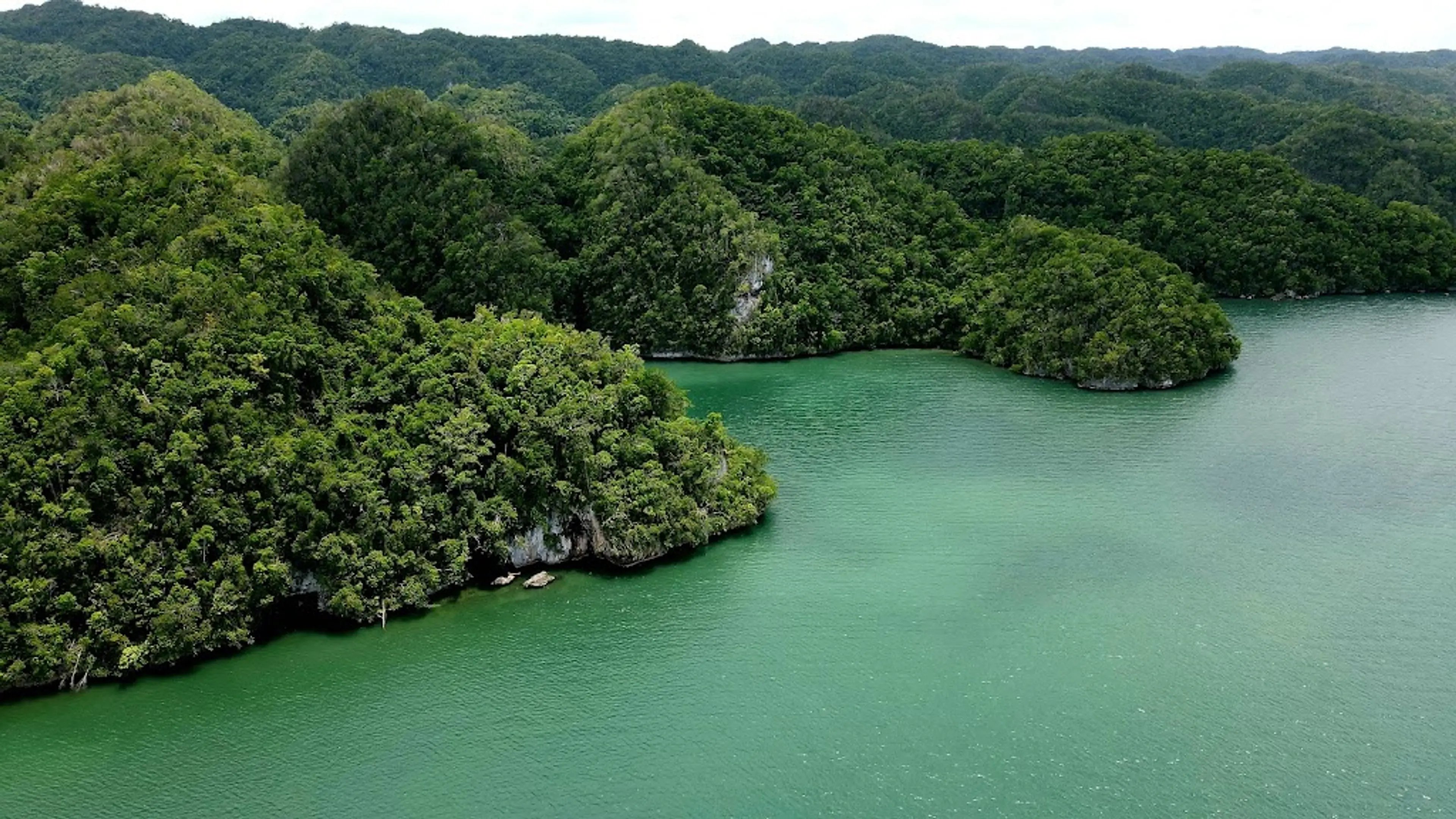
Los Haitises National Park
A national park featuring mangroves, caves, and unique rock formations.

El Limon Waterfall
A stunning waterfall that is 52 meters high, located in the middle of the jungle.
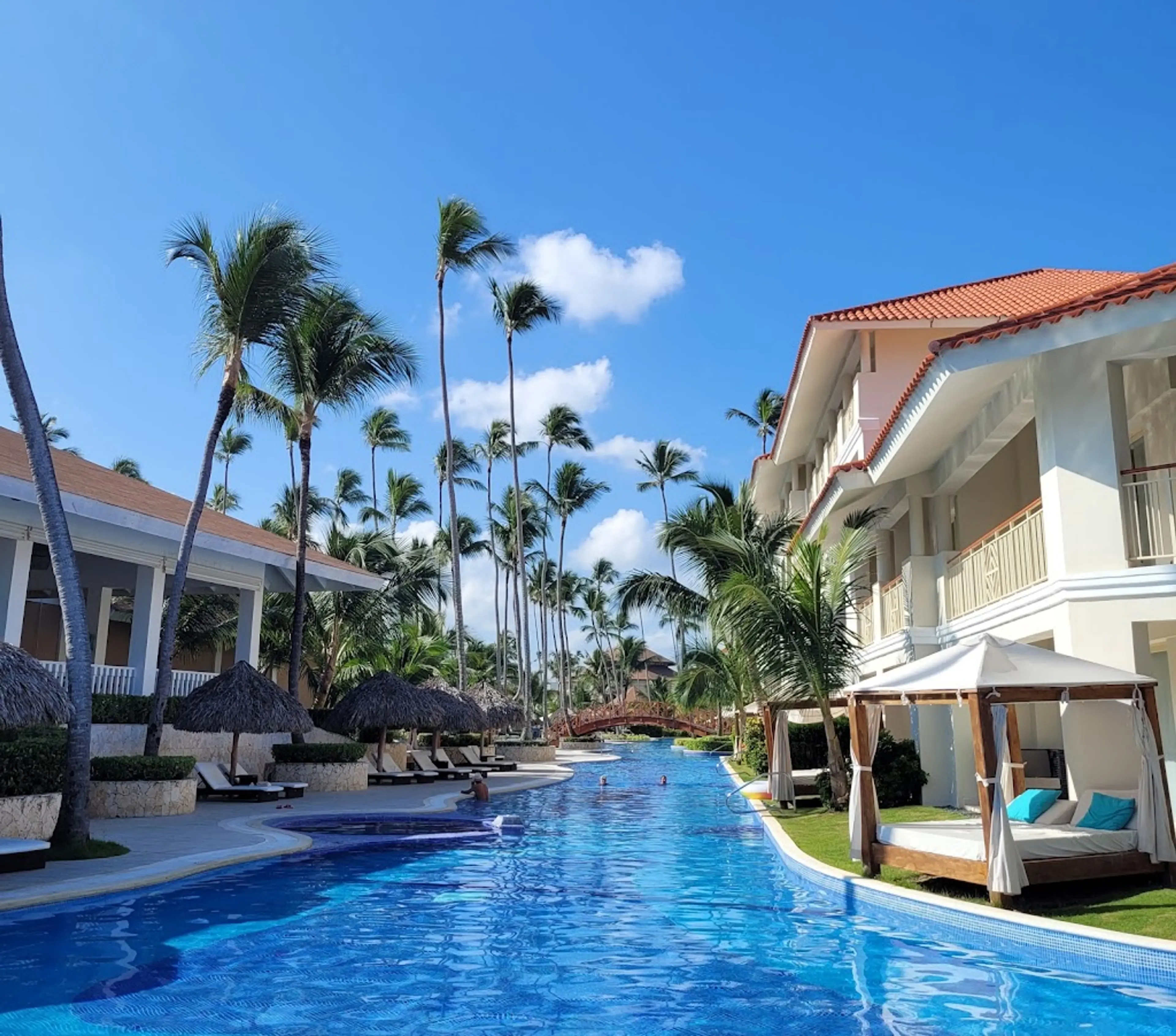
Punta Cana
Famous for its beaches, clear waters and all-inclusive resorts.
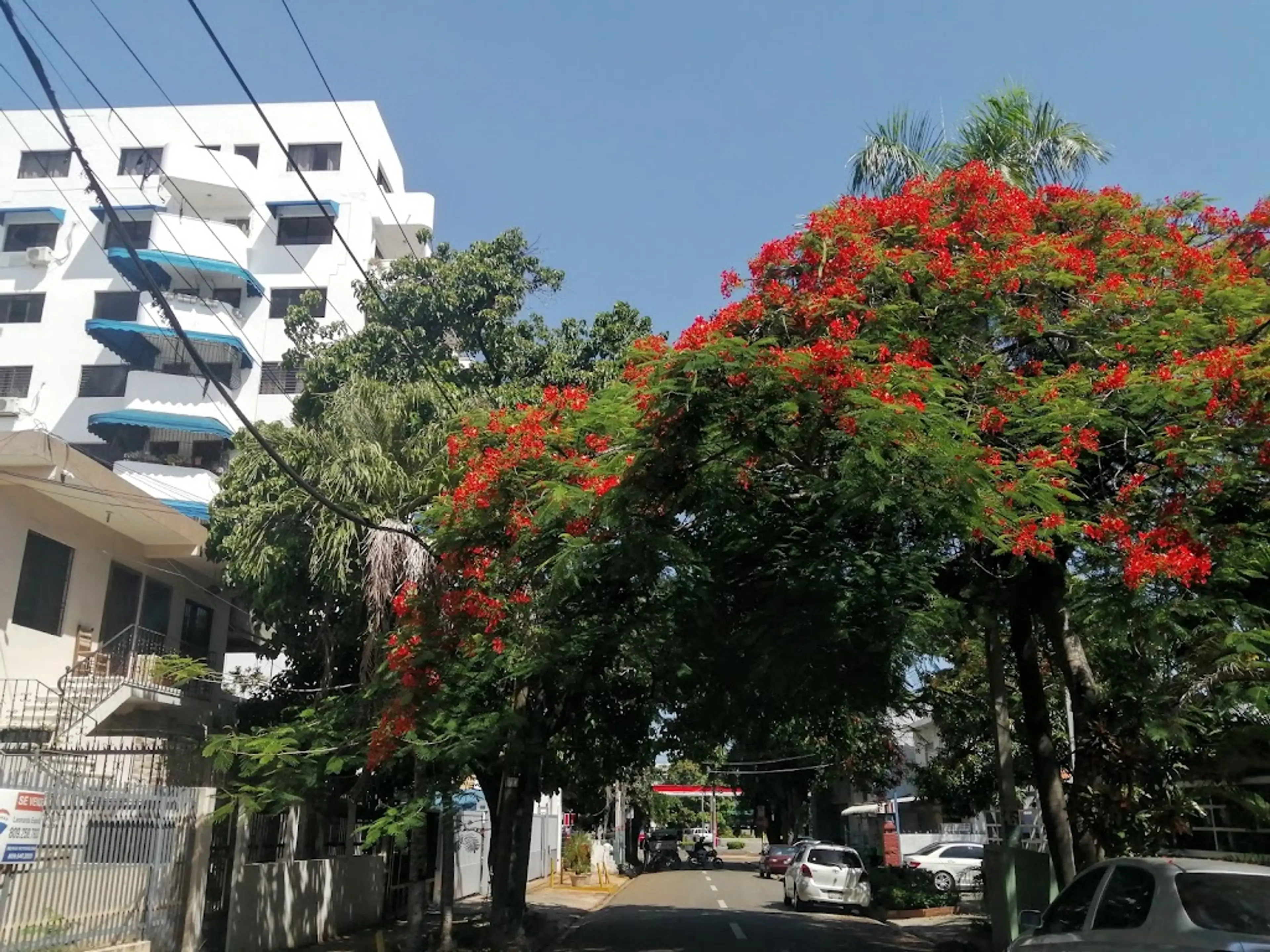
Santo Domingo
The capital of the Dominican Republic, known for its Spanish colonial architecture and vibrant nightlife.
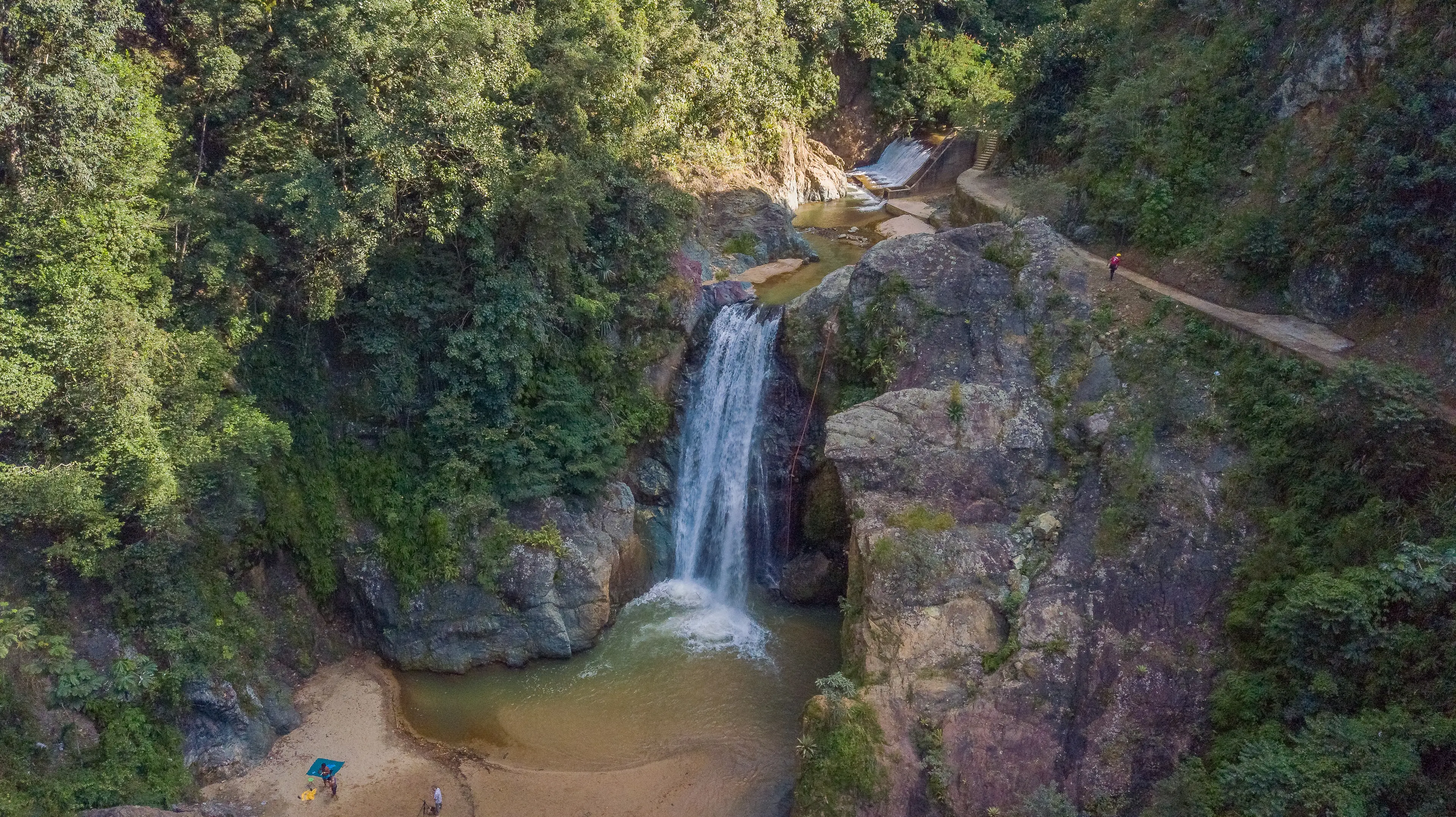
Jarabacoa
Known as the 'City of Eternal Spring', with rivers, mountains and waterfalls.

La Romana
Home to the famous Casa de Campo resort, and the Altos de Chavon, a replica of a 16th-century Mediterranean village.

Puerto Plata
Known for its beaches and the 16th-century San Felipe fortress.
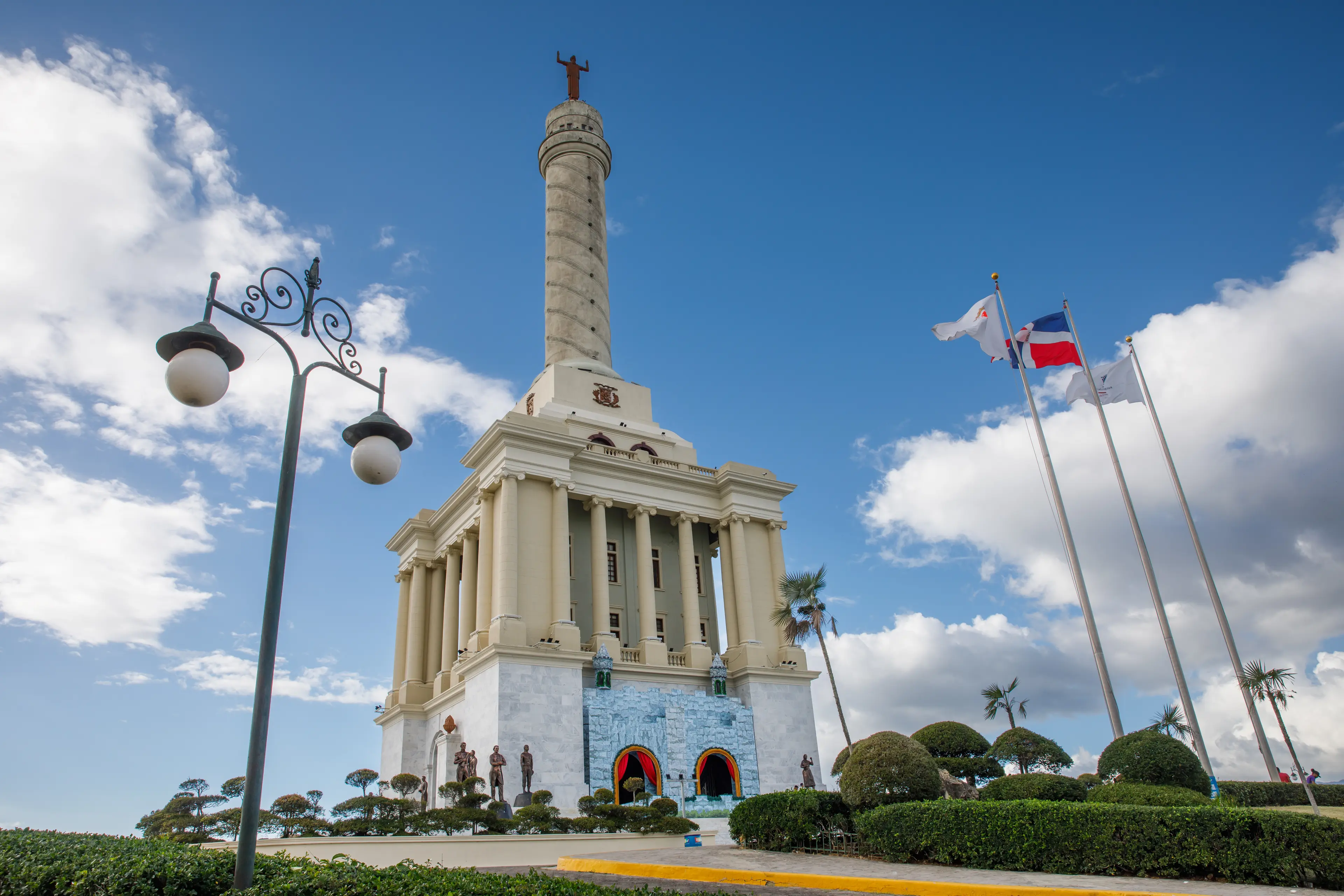
Santiago de los Caballeros
The second largest city in the Dominican Republic, known for its tobacco and rum production.
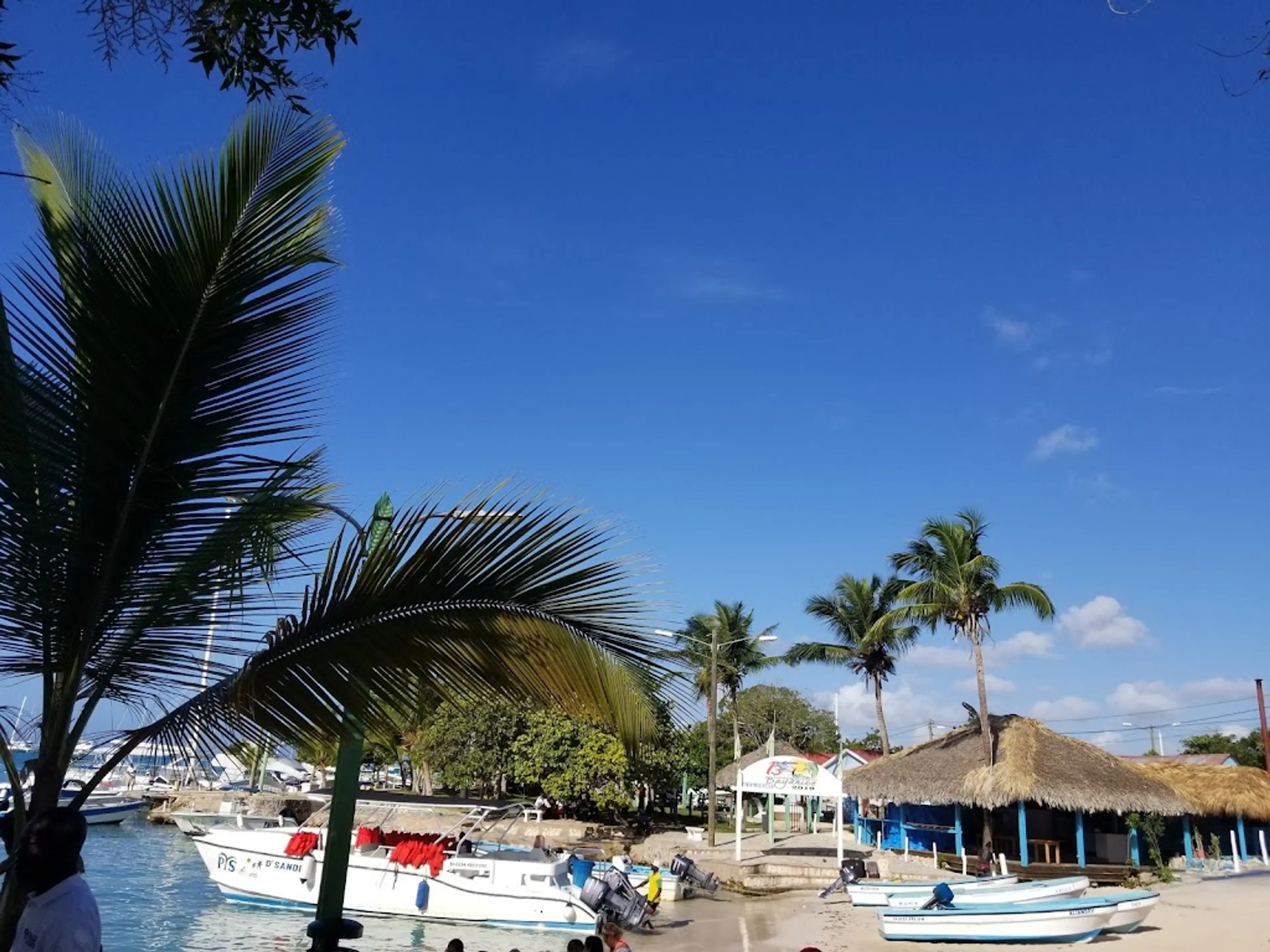
Bayahibe
A small fishing village known for its beautiful beaches and excellent diving spots.

Saona Island
A tropical island located in the Caribbean Sea, known for its beautiful beaches and abundant marine life. It's part of the East National Park.